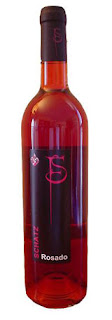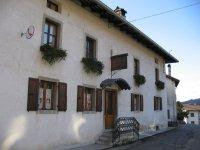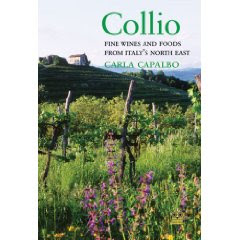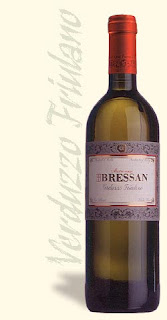Les Zinzins du vin is an offshoot of the Vin Naturel movement and the same slightly 2nd hand hippy bookshop atmosphere prevails as at Le verre vole in Paris. We were lucky; the shop/bar/bistrot had just re-opened after 2 weeks 'fermeture'. The presiding genius is Fabrice Monnin who set up in 2002 and now has one of the largest cellars in France (over 300 wines) and is quite a celebrity in the French wine world. He also makes his own wine which we have never encountered before in a wine merchant.
Les Zinzins du vin is devoted to organic, bio-dynamic vins naturels wherever possible. Descriptions tend to read "vins rouges authentiques élaborés avec talent et respect du terroir, loin des vins technologiques modernes, sans artifice ni élevage trop boisé : des vins longuement décantés en tonneaux, où les subtilités d'arômes s'expriment tout en finesse."
We were hunting for Jura wines and bought a Poulsard called 'Plou Plou' made by himself,


a Trousseau from Michel Gahier (Grands Vergers 2004),


and a Chardonnay from Pierre Overnoy of Pupillin.


All these wines were from Arbois in the Jura. All 3 regular readers of Slotovino will be aghast at the mention of Chardonnay but a Jura Chardonnay by Overnoy promises to be like no other. We bought the Trousseau because the jury has been out on this grape and a last sample is needed to make our judgement.
We also bought a Pineau d'Aunis from Les Zinzins du vin, not from Jura but from the Loir of course: Le Verre des Poetes, Domaine Montrieux, Naveil (near Vendome which in turn is between Tours and Orleans).


The back label is worth quoting;
"Pour assurer l'equilibre et la vie du sol aucun produit chimique de synthese n'est employe.
Le sol retrouve sa flore et sa faune.
Sur la vigne, le souffre et le cuivre utilises a toutes petites doses, ainsi que les tisanes de prele et d'ortie assurant une protection phytosanitaire efficace.
Le vendage manuelle respecte le raisin.
Elle conditionne la qualite et le degre naturel.
Pour aller plus loin dans cette demarche, aucune levure ou produit oenologique n'est utilise.
Une dose de soufre limitee est utilisee a la mise en bouteille pour eviter l'oxydation.
Le vin produit est le reflet le plus exact du millesime, de la terre et du travail des hommes."
Beats the back labels written by drunken illiterates.
http://www.leszinzinsduvin.com/
And the translation of Zinzins? Cracked, barmy, nuts... So 'Wine-nuts'? A good name we reckon.

























